Which traditional holiday is celebrated in November involving a sizable roasted fowl?
Are you guessing North American Thanksgiving? Wait, hold your giblets. In accompaniment there is also a soup of sweetened, spiced whisked blood.
Well that pretty much rules Thanksgiving out. You are left with St. Martin’s Day.
Families and dining enthusiasts in Sweden continue to celebrate St. Martin with a roasted goose on 10 November, St. Martin’s Eve.
If you check your Swedish calendar, the name Martin actually is honored on November 11th but in true Swedish tradition, the celebration takes place on the eve of the holiday.
In the case of Mårten Gås – as it’s fondly called in Swedish – any weekend evening mid-November is considered seasonal for (this weekend is most likely this year.)
Most Swedes regard Mårten Gås as a tradition from Skåne, Sweden’s southernmost region, but are happy to embrace it as classically Swedish – and as good as any to throw a party.
However, as is the case with most traditions, there is more to the story and in this case the origins come from further afield.
St. Martin’s Day traces its origins back to the legend of the 4th century St. Martin of Tours, France. There are several unconfirmed versions of the story of how St. Martin and a goose share history’s annals.
The more colorful rendition tells of the betrayal of geese.
St. Martin was a humble monk who in a modest effort to avoid being ordained a bishop hid among the monastery’s geese. Their cackling ousted him from his hiding place and he begrudgingly received his benediction.
In a sardonic twist to Christian compassion, he exacted his revenge by dining on his Judas for dinner. Whatever the truth, the feast migrated from France via Germany and Denmark to Sweden sometime in the 16th century.
Over the years, it has come to serve as a way to commemorate Martin Luther, the father of modern Swedish Christianity.
The popularity of this holiday most likely caught on as it coincided with the festivity of the autumn harvest as it still brings to mind abundant geese in Skåne.
So now that you are motivated in the spirit of cultural integration to give Mårten Gås a go you ask, “Where does one find a goose to cook?”
Most market halls have some meat and poultry supplier who can probably sell you a goose.
Local farms in more rural Sweden often will sell you a freshly slaughtered one. Check to make sure they deliver it “ready to cook.”
If goose is too troublesome or pricey, a roasted turkey or even a baked chicken will do just fine to provide atmosphere for the feast.
Just expect a contemptuous look from your Swedish friends, undoubtedly defenders of tradition, but don’t let them get your goose.
And what of the soup of whisked blood? If you are a traditionalist and want to preserve the purity of St. Martin’s vengeance, you will have to prepare Svartsoppa, or Black Soup.
It is a sweet yet savory soup made from the blood drippings of the bird flavored with aromatic spices like cinnamon, clove and ginger.
If well prepared, the soup tastes more like rich gravy and is something to tell your family and friends you have ventured to prepare and eat.
In all fairness most Swedes gladly opt out of this tradition, so if it turns your stomach no one will hold it against you.
So what are you waiting for? Get goosed!

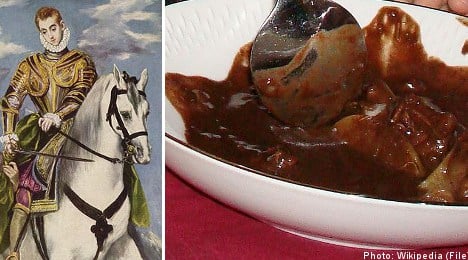

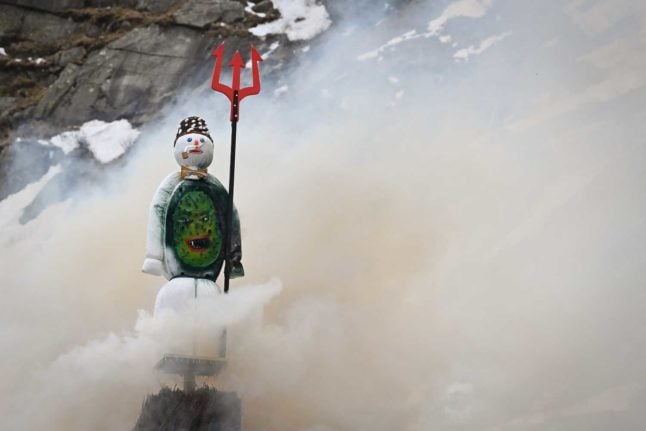
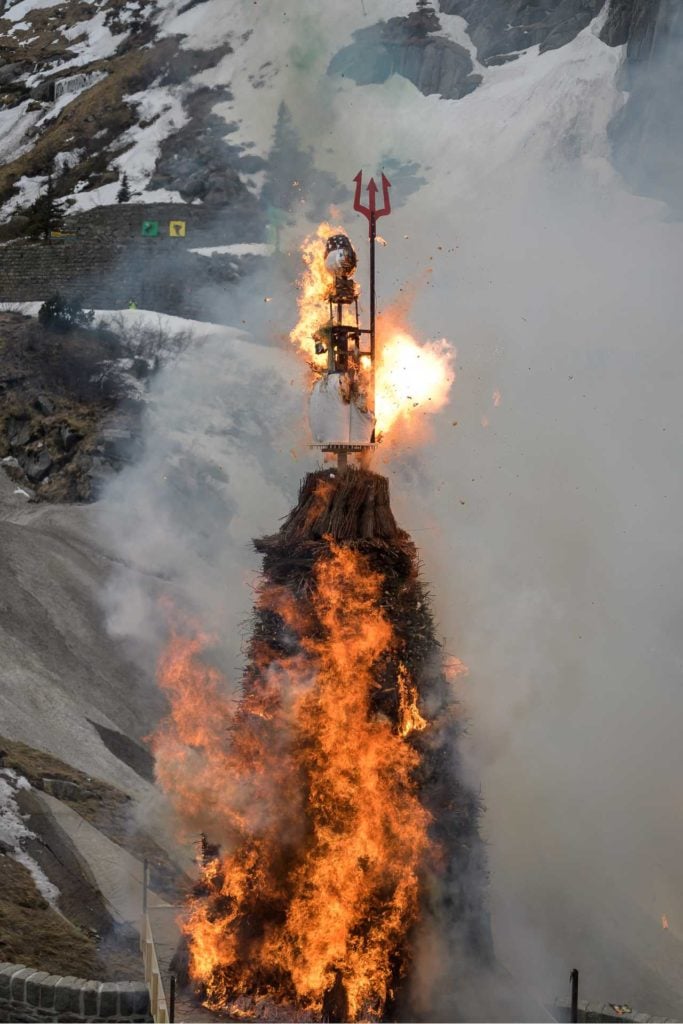
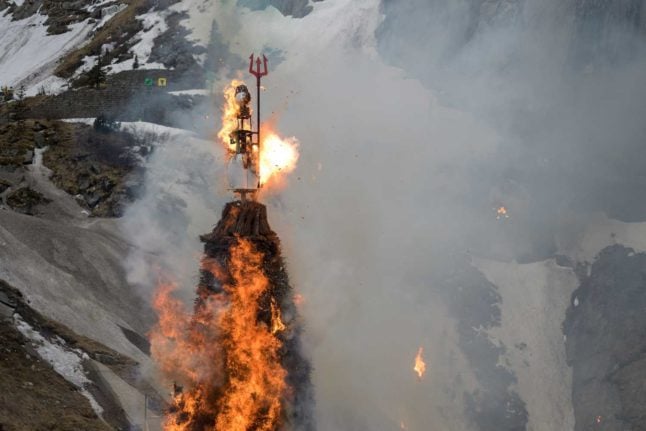
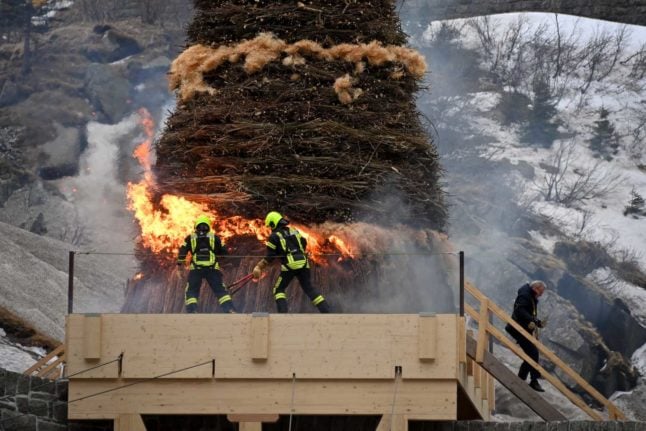
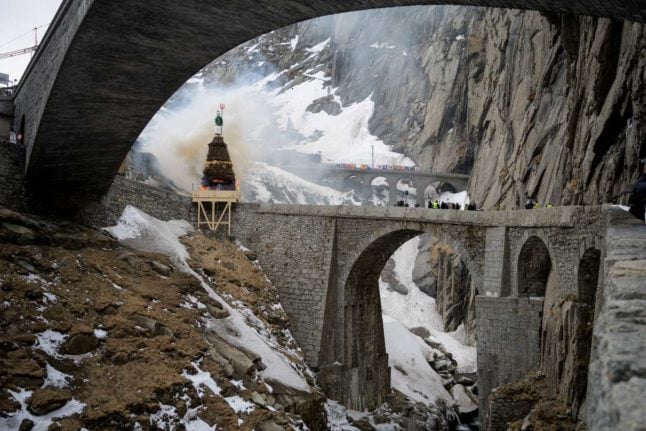
 Please whitelist us to continue reading.
Please whitelist us to continue reading.
Member comments